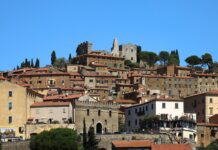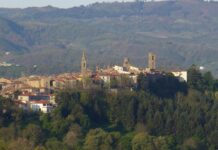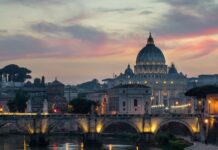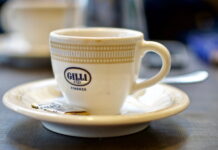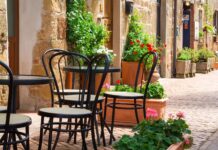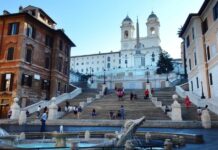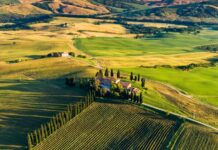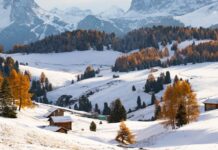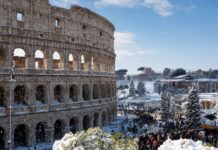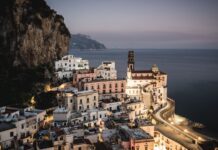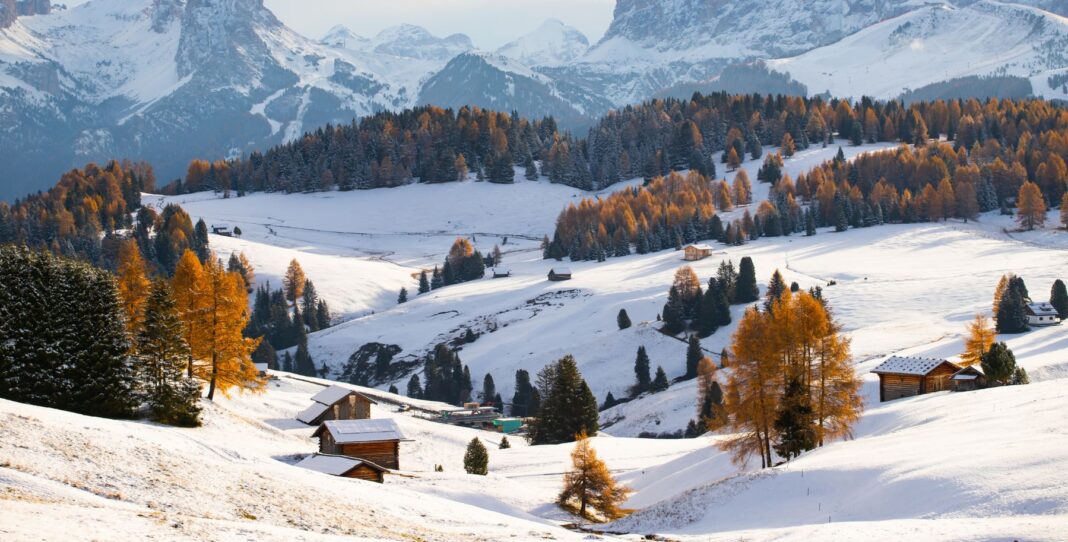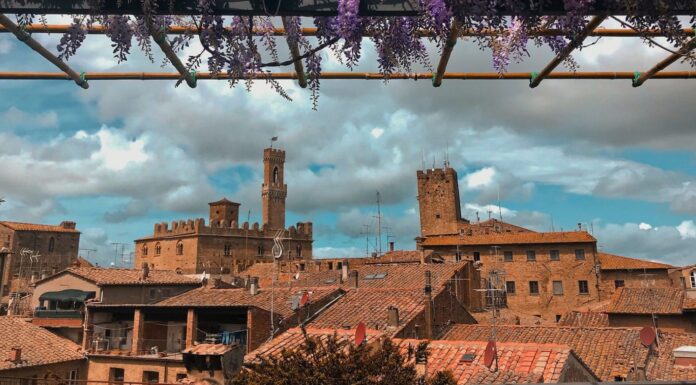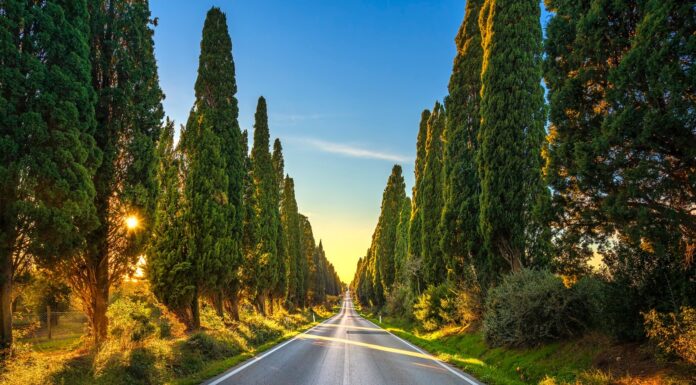Italy in January differs cgreatly from going in July because of the season. Most plan a trip to the Bel Paese in the summer season when the country’s temperatures are more favorable, but this gives you the advantage of lower prices and fewer crowds.
Going to Italy in January is the low-season for the country because Christmas has ended, and Easter remains a few months away. Nothing much to draw tourists happens in January, making it less attractive. The weather during this time can get cold, and it may not be the right choice for everyone.
Would you like to uncover the best things to do in January to ensure the most out of your Italian vacation? Keep reading as we explore everything you need to know about a winter vacation here.
Weather in Italy in January
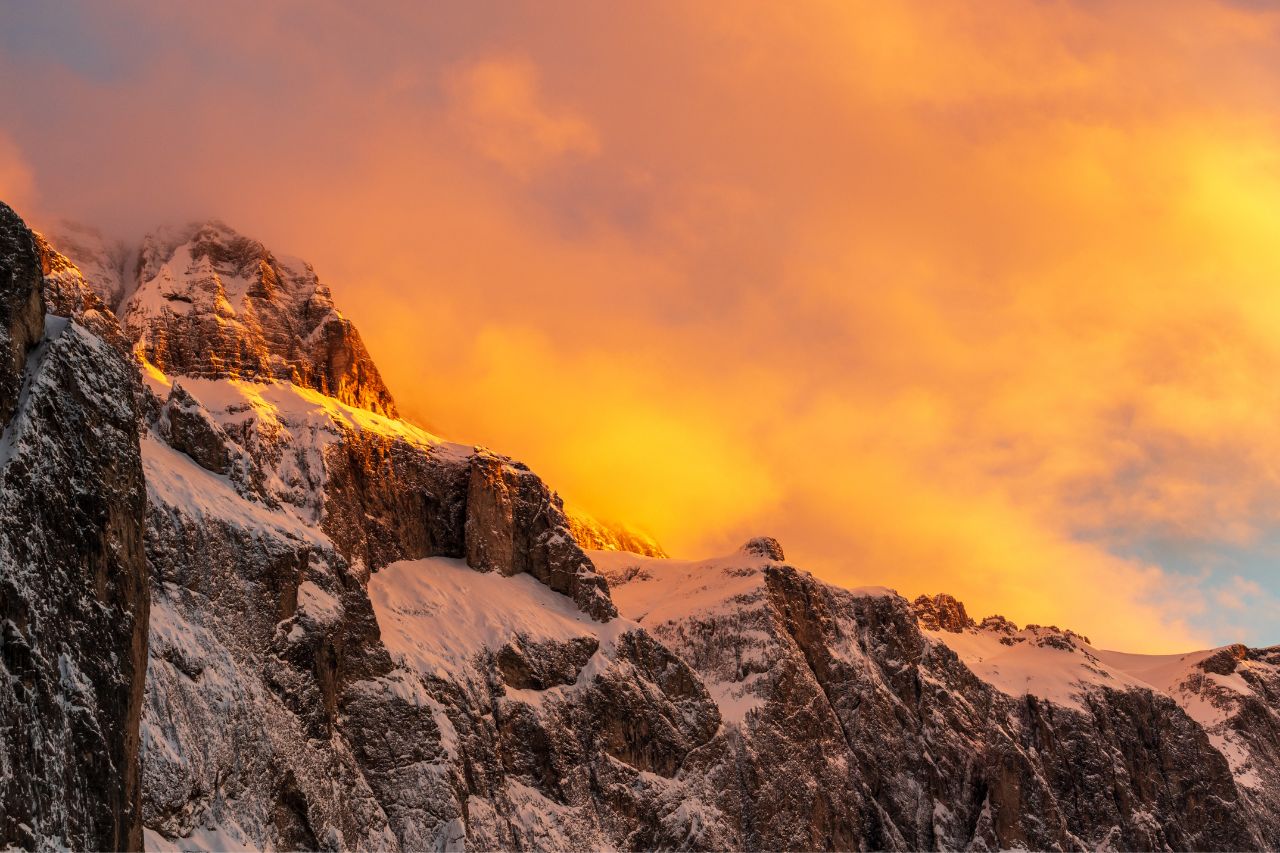
Especially central Italy and northern Italy the weather in Italy in January can become cold with temperatures that range from 32°F to 50°F. Most think of it as the coldest month of the season. Northern Italy will even experience snow with temperatures dropping lower than elsewhere. Cities like Milan, Bologna, Turin, and Lake Como all experience a moderate level of snowfall. Turin would be the snowiest place in Italy with it being one of the best places for skiing.
Tips to Get the Most of the Weather in Italy
If you want warmer weather in Italy in January, head to the south like Sicily where temperatures in January range from 41°F to 60°F, with 60°F being the average temperature. Rainfall during this time is about 3.5 inches. You won’t see much beach activity even in Sicily because the temperatures, while you could go swimming, don’t lend themselves too well to comfort. Italy weather in January isn’t warm enough to swim.
10 Things to Do in Italy in January
Curious about what you can do in Italy in January? Let’s take a look at all the fun activities available to you when you go on vacation.
1. Rome: Attend a Cooking Class
During a break from all the sightseeing, you might sign up for cooking class. You will learn to make a variety of dishes like fettuccine with sauce, ravioli with butter and sage, and homemade tiramisu. During your time in Rome at this cooking class, you will learn traditional recipes and professional techniques to make the best Italian foods.
2. Florence: Drink Hot Chocolate
The cioccolata calda is one of the most famous hot chocolates in Italy at the Rivoire cafe-bar on Piazza della Signoria. For chocolate lovers, this thick hot chocolate will take you straight to heaven. Another plus side is that it only takes 10 minutes to make. Especially if you’ve been strolling the streets of Florence all day, going in for a hot drink in January before going back out makes sense.
3. Milan: Design, Fashion, and Winter Sales

Crowds will thin out in Milan in January, but it also happens to host one of the world’s biggest fashion shows in January known as Men’s Fashion Week. Due to lower demand, January also happens to give you the hottest prices on fashion and design. For a budget traveler, you can fly to Milan for much cheaper than doing it during the high season.
4. Tuscany: Enjoy Hot Springs and Thermal Baths
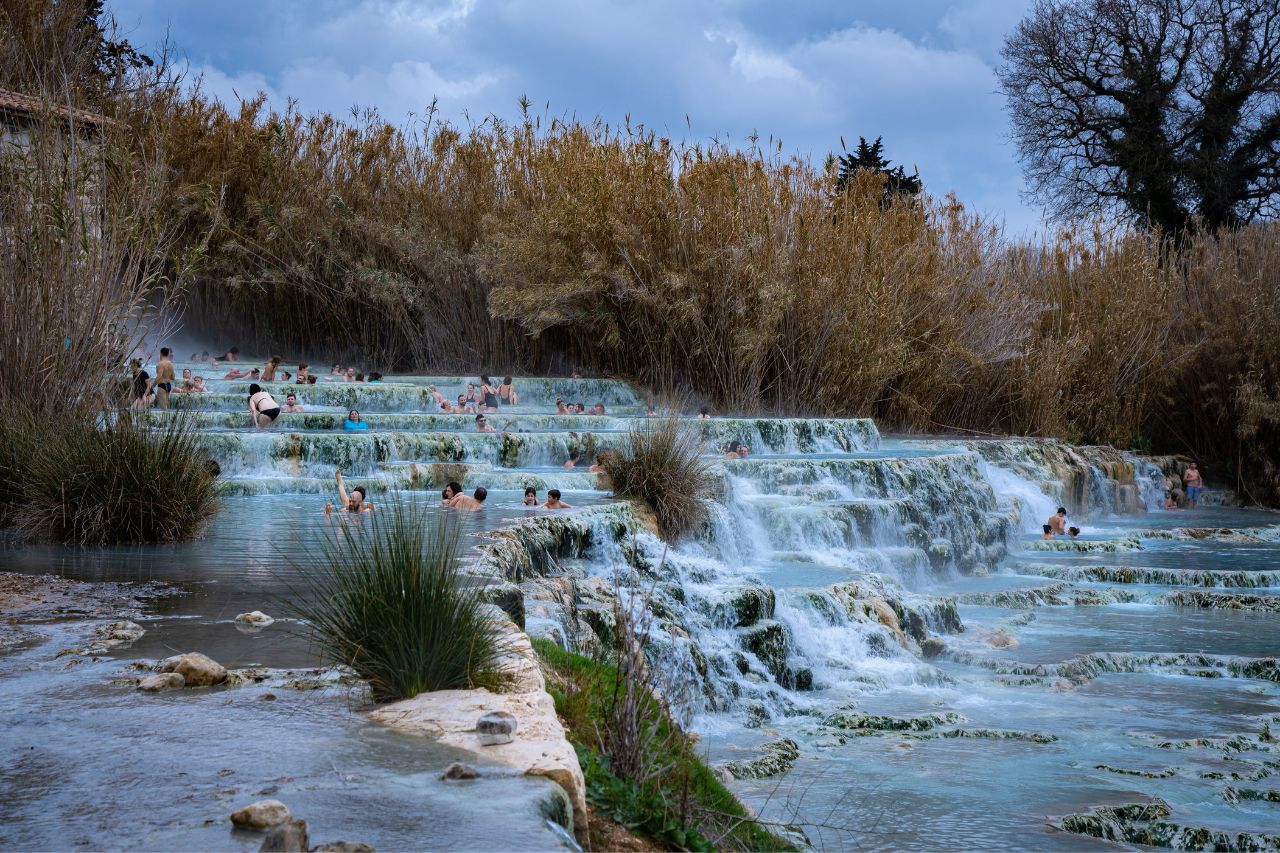
Saturnia Hot Springs will keep you warm when in Italy in January. A visit here is far more pleasant during the winter months. At the same time, it’s such a unique attraction that you can’t pass it up. You could also visit San Casciano dei Bagni. This small village located in southern Tuscany gives you 42 thermal hot springs to choose from. Everything from the medieval architecture, the panoramic views, and the Tuscan cuisine all make for a wonderful experience. Finally, you could experience Bagni San Filippo. Again, this site has thermal water with its thermal bath being known as the White Whale, which is a great mass of white limestone.
5. Sicily: Mild Winter with Rich History
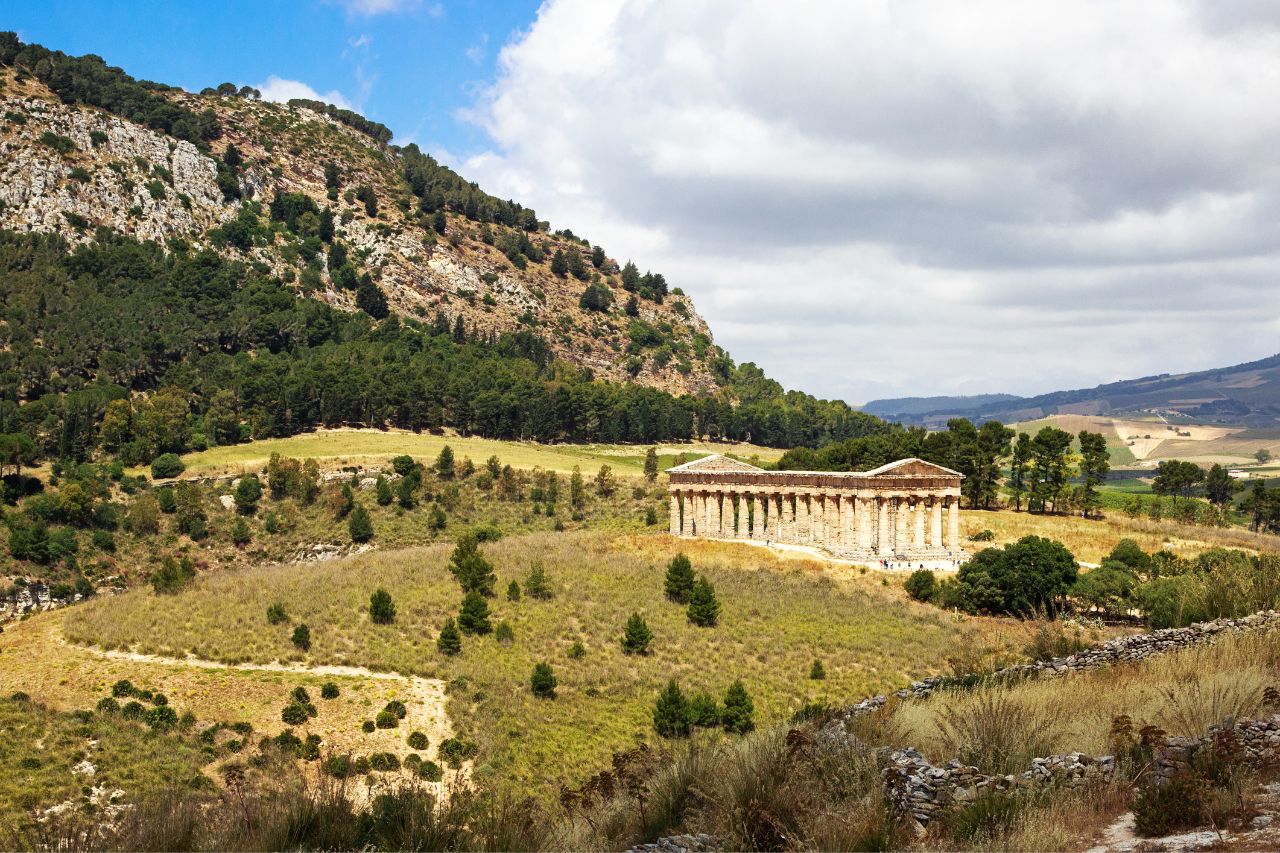
Winters in Sicily tend to be the mildest in the country. Sicily is a fascinating region because it often struggled as a pawn for conquest and empire. You see over a dozen ethnic groups in Sicily because of it being a center for trade with other countries. Over the centuries, the Normans, the Arabs, the Greeks, and even the Vandals all conquered it. History lovers will take it all in as they explore this historically rich region.
6. Dolomites: Winter Wonderland
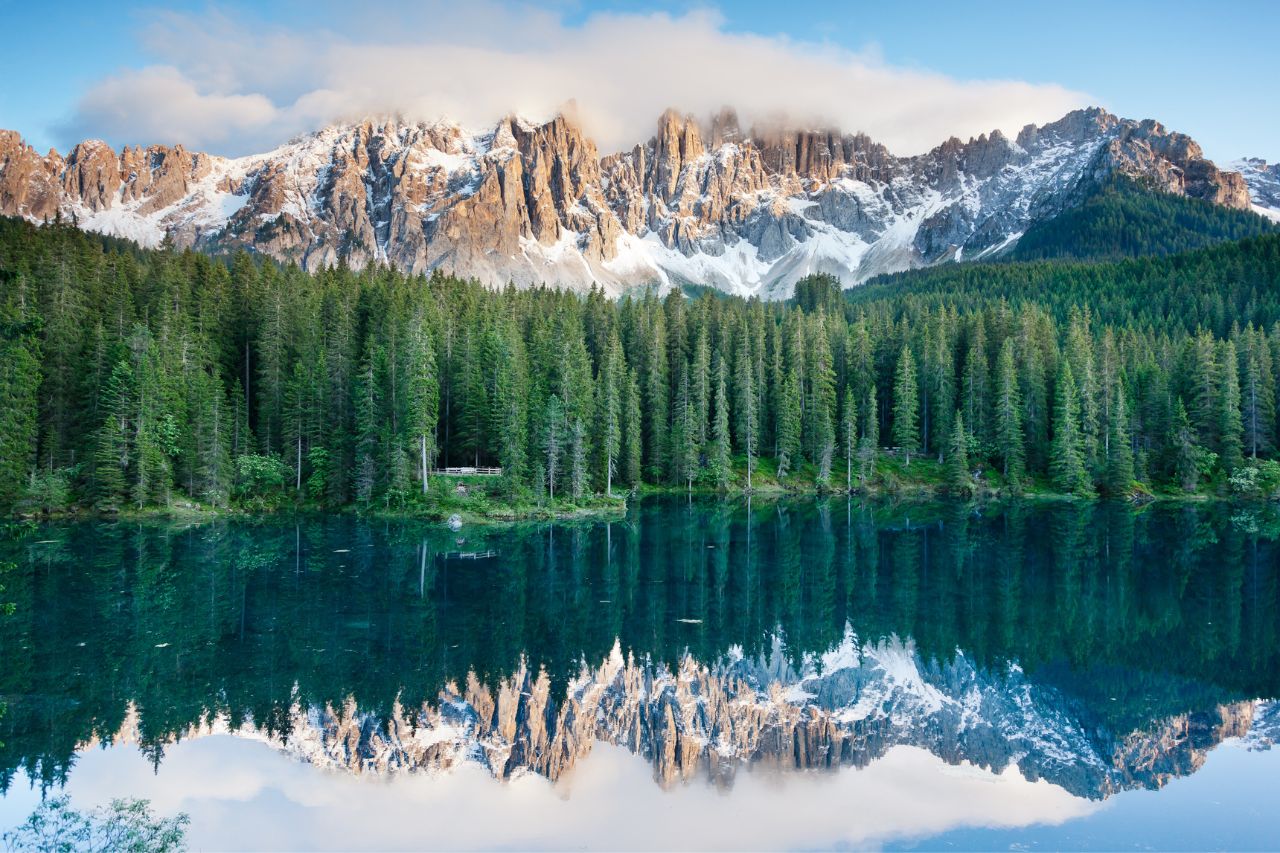
Carved wooden sculptures gained fame in this region, and some woodcarving families have existed here for generations. Even now, the United States and the rest of the world treasures the wooden sculptures from the Dolomites as some of the best. The Dolomites also happens to be a great place for skiing. You can go on many hikes and skiing tours, depending on what suits you best.
7. Umbria: Picturesque Landscapes and Charming Villages
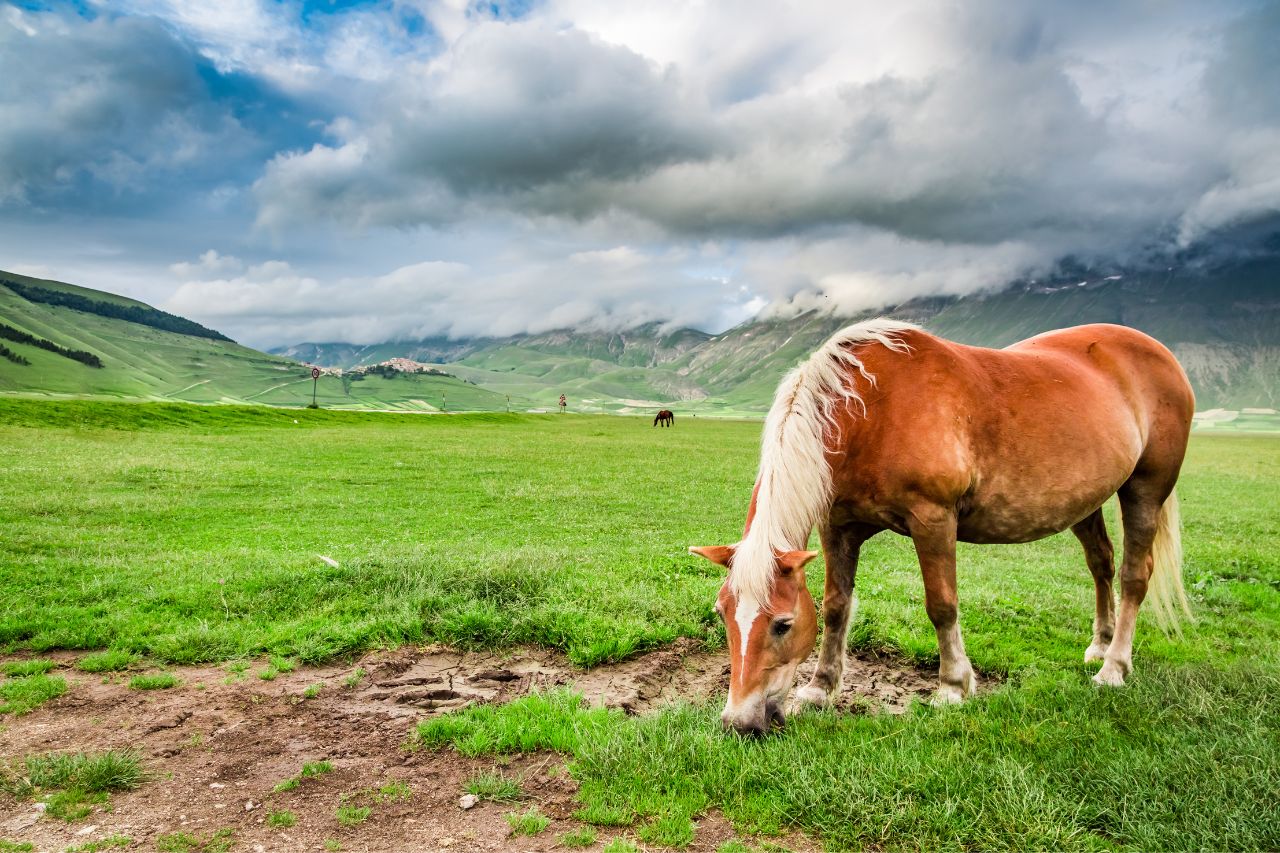
Umbria only has mildly cold winters compared to the rest of Italy in January. January still ranks as the coldest month, but Umbria has a more agreeable Mediterranean climate. The streets tend to quiet down, and the region’s monuments may appear shrouded in fog making for some haunting photos. This is a great place for those who wish to see landscapes and do landscape photography. Umbria has no shortage of places to take high-quality photos.
8. Aosta: Winter Markets
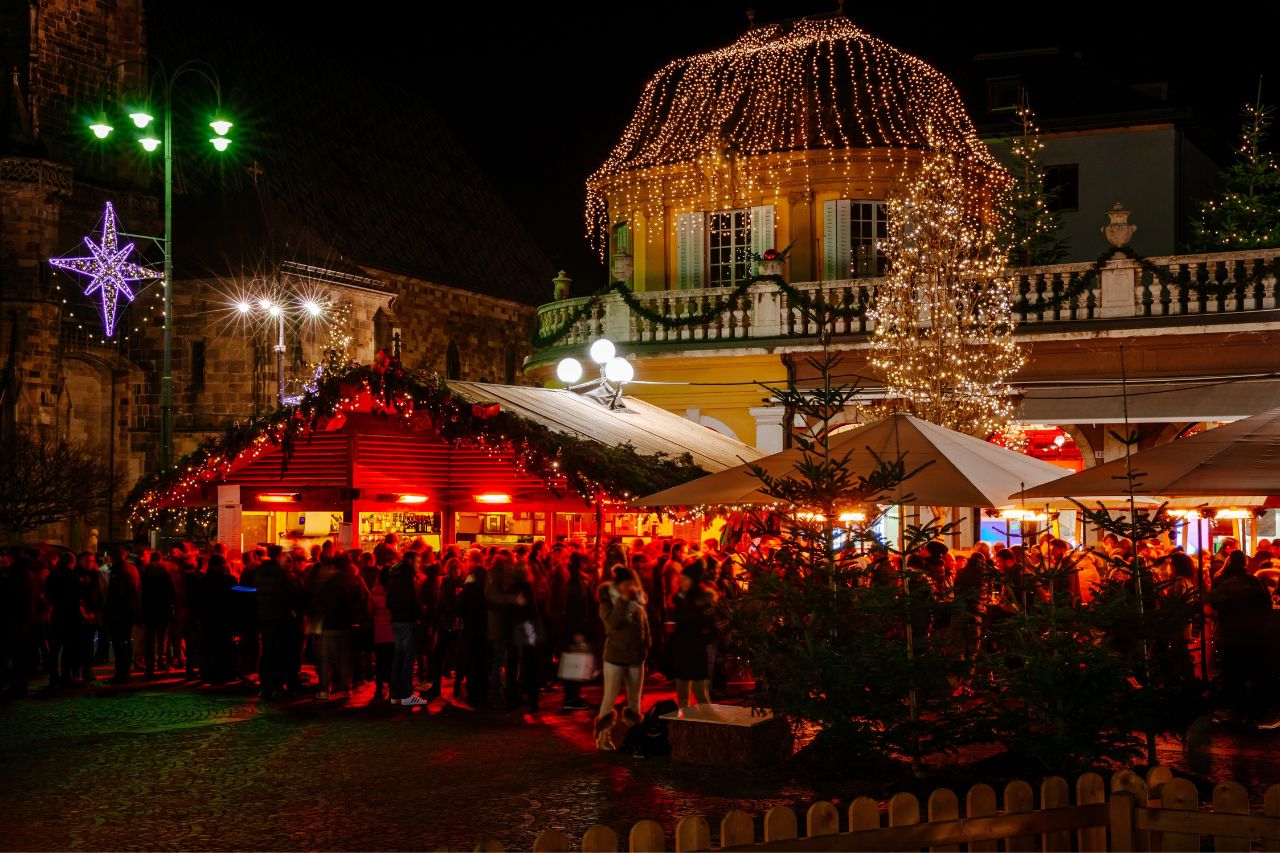
One of the most interesting craft fairs in Italy happens in January in Aosta. Check out the Fiera di Sant’Orso Craft Fair. It will take place from January 30 to January 31, and during this time, you will see all the craftsmen and artists display their crafts and artworks in the town of Aosta. This arts and crafts fair goes all the way back to the Middle Ages where it took place in Borgo di Aosta. This fair celebrates creativity and industriousness, and the event has many peculiar characteristics. You don’t find that the craftsmen sell here as much for commercial reasons and more as a desire to leave the workshop and show visitors their finest arts and creativity.
9. Cinque Terre: Coastal Trails and Scenic Views
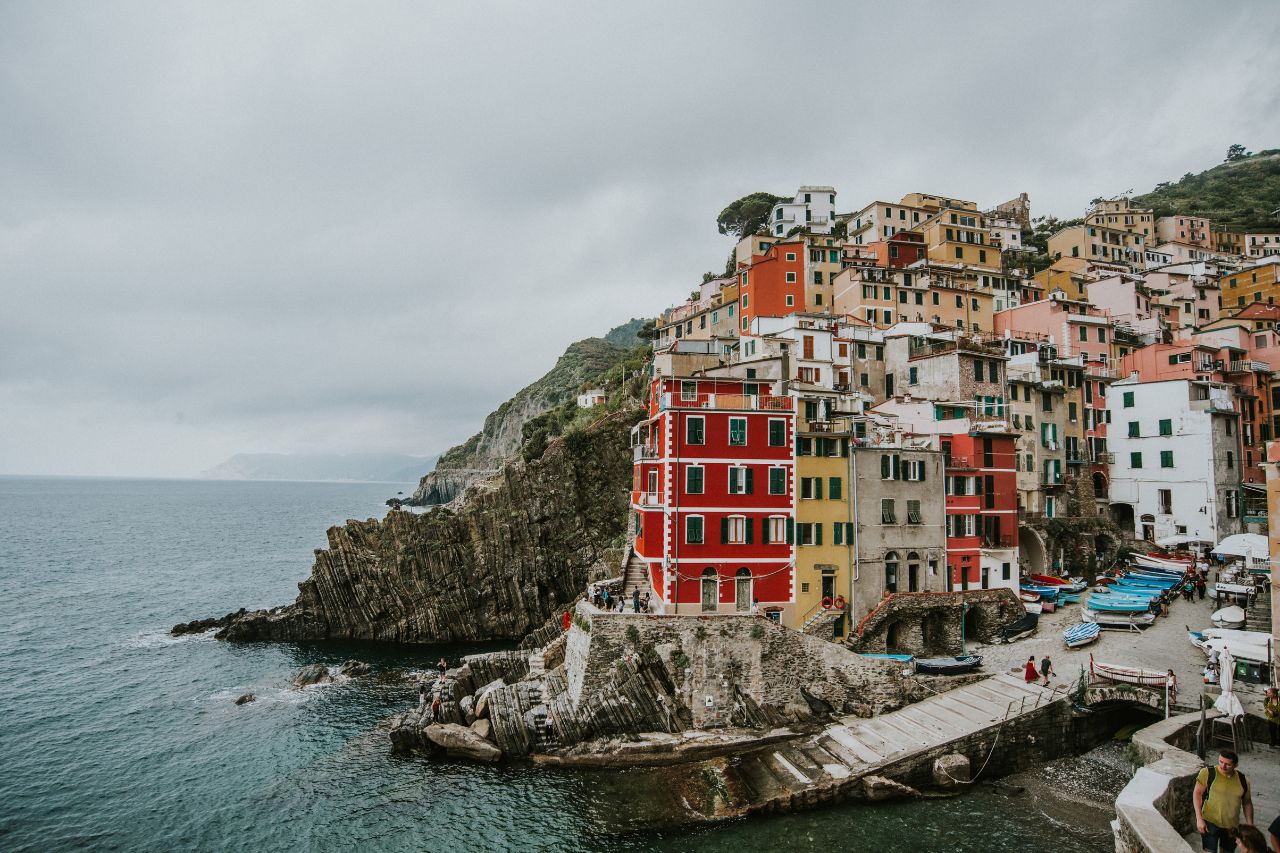
Cinque Terre offers an astounding number of hikes with wonderful scenic views, and many of them happen along coastal trails. If you want to try one with the best views in Italy in January, try Monterosso-Vernazza. Along the way to Monterosso al Mare, you will take in panoramic viewpoints and high forested paths. Enjoy some breathtaking coastlines along the way.
10. Rome: New Year’s Eve in the Squares
Rome hosts a cultural event during New Year’s Eve guaranteed to draw you in. Typically, the city hosts a gigantic concert and show. Especially if you’d like to kick off the New Year in the Roman fashion, you will have a memorable time spending New Year’s in Rome. They hold the music concert outside every year, and it lasts until 11 pm. After the music concert, they follow it up with a spectacular fireworks show at midnight.
Festivals and Events in Italy in January
You can enjoy a number of festivals and events in Italy during the month of January. Let’s take a look at the most interesting ones to see during this time.
Carnevale di Venezia
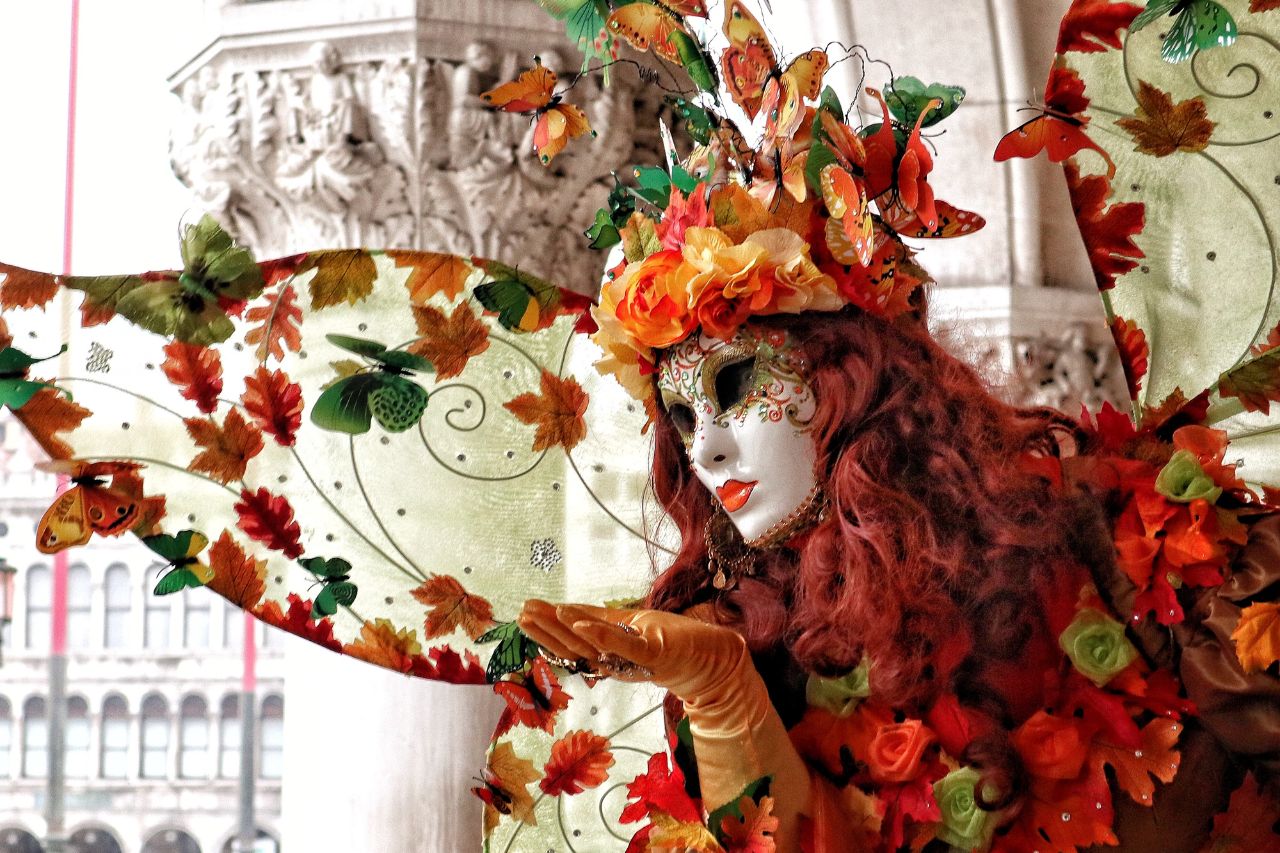
Held from January 27th to February 13th, Carnivale di Venezia happens every year in Venice, and it has gained fame for its elaborate costumes. You can trace this carnival dating back to the Middle Ages, but they abolished the carnival in 1797 when Francis II outlawed it, and they only revived it again in 1979. This event draws an estimated 3 million tourists every year, and the festival is one of both history and culture. During this event, one of the most important contests is known as maschera piu bella, which translates to “The most beautiful mask” contest. A panel of international costume designers and fashion designers judge the most beautiful mask contest. Traditionally, masks have always been one of the most important parts of the Venetian Carnival.
La Befana
Celebrated on January 6 as the Feast of Epiphany, this has become a national holiday. If you want to experience a national holiday in Italy in January, this holiday celebrates the most popular folklore. The Befana has turned into a national icon, and she’s an old woman or a witch who delivers presents to the children of Italy during this time. The socks are filled with candy, and if you’re bad, receive a lump of coal. In the poorer regions of Italy, such as Sicily, you would receive a stick in your stocking. Instead of cookies and milk, the family typically leaves a glass of wine and food, typically regional foods for La Befana. This practice originated in Rome and dates back at least to the 13th century. No matter what part of Italy, this is one of the most interesting cultural traditions of the Bel Paese.
New Year’s Eve
New Year’s Eve in Italy is about food, friends, and family. Traditionally, Italians gather around a large table for a feast. Eating during this time symbolizes abundance. Some of the best places to spend New Year’s Eve in Italy include Rome, Milan, Venice, Genoa, and Rimini. Italy is one of the most popular places in Europe to spend New Year’s Eve.
Is It Crowded in Italy in January?
In fact, January has become one of the best times to beat the crowds in the country since it is the peak of the low season. Along with the crowds lessening during this time, you can receive more affordable prices when you vacation in January. One of the most visited places during this time is the Carnival of Venice, which draws an estimated 3 million tourists every year. The Milan Fashion Show for Men’s Week is another event that is more crowded. With fewer crowds, you get more opportunities in Italy in January to meet with locals than if you came in July.
What to Wear in Italy in January
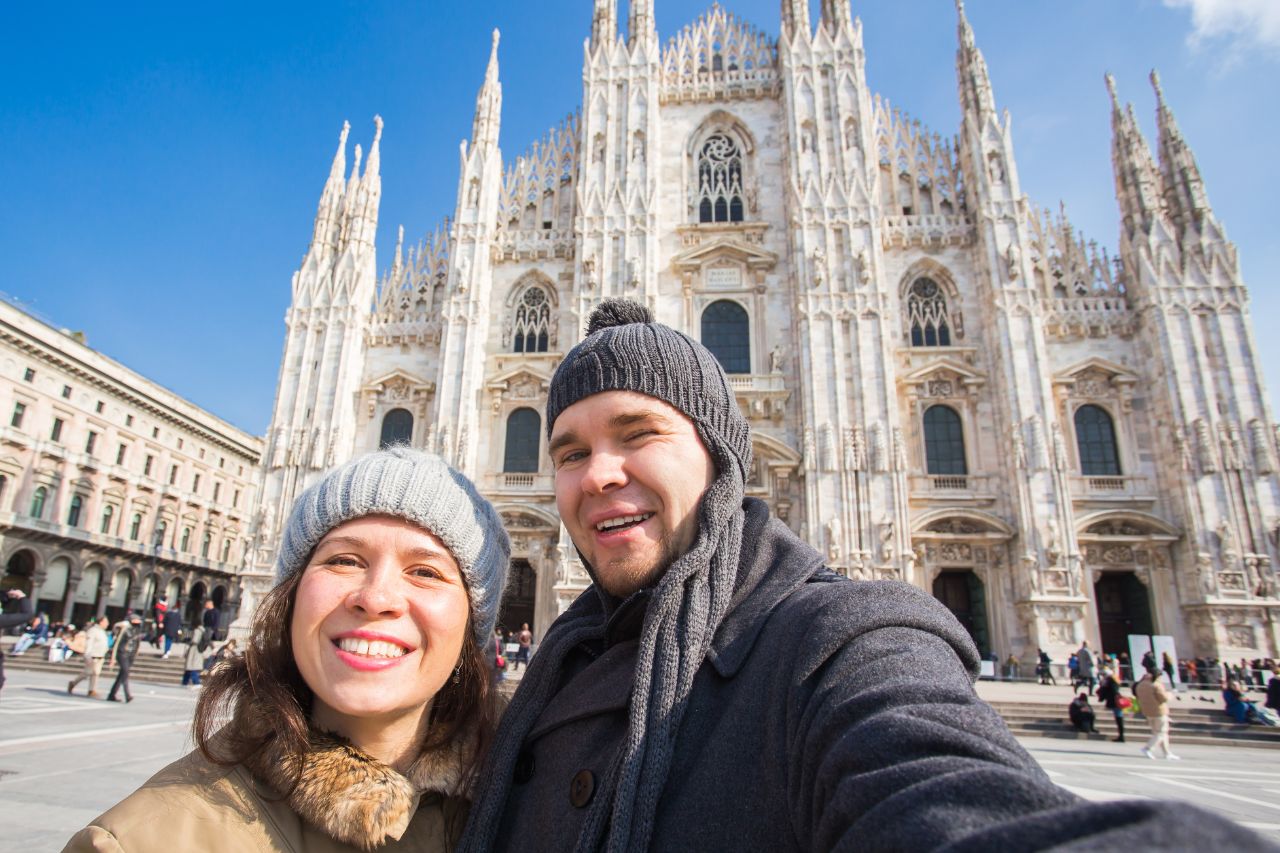
We recommend you dress warmly if you decide to visit Italy in January
Because the January temperatures in Italy range anywhere from 32°F to 50°F, what to wear differs from the summer. You need to bring appropriately warm clothing. Having a warm turtleneck, cardigan, or pullover would make for a great choice beneath a jacket. Using a full-up fleece or a half-zip fleece is a good way to stay warmer. Like during the warmer months, you want comfortable shoes because you walk a lot in Italy wherever you go. You will also want rain gear, a hat and a scarf available for the days where you need them. Take along an adapter and a converter because Italy operates on 230V supply. Finally, you will want to bring a quality camera to capture some of the most beautiful places in the world.
Frequently Asked Questions About Italy in January
Let’s take a look at some of the most common questions that you always hear when people want to visit during this month. Despite it being the low season, there’s always a lot to enjoy here.
Is January a Good Time to Visit Italy?
Whether you should visit Italy in January depends on if you enjoy the crowds or wish to escape them. Budget travelers may especially see a benefit of visiting the country during this time, but you may not want to visit if you dislike the colder temperatures. Italy is moderately cold in the winter months, which isn’t for everyone.
Does It Snow in Italy in January?
Especially the northern parts of Italy will see snow in January. If you want to see snow during this time, check out Turin, Milan, or Bolzano. Turin has a reputation as the snowiest city in Italy, and it makes for a great place to go skiing.
How Cold is Southern Italy in January?
The January temperatures in Italy in the south average around 60°F, but they can sometimes dip to 42°F on a few occasions.
Which is the Warmest Place in Italy in January?
Sicily ranks as the warmest place in Italy in January with the city of Catania on the east coast of Sicily being the sunniest place in the entire country. The Italy weather in January depends on where you go with the north being colder.


